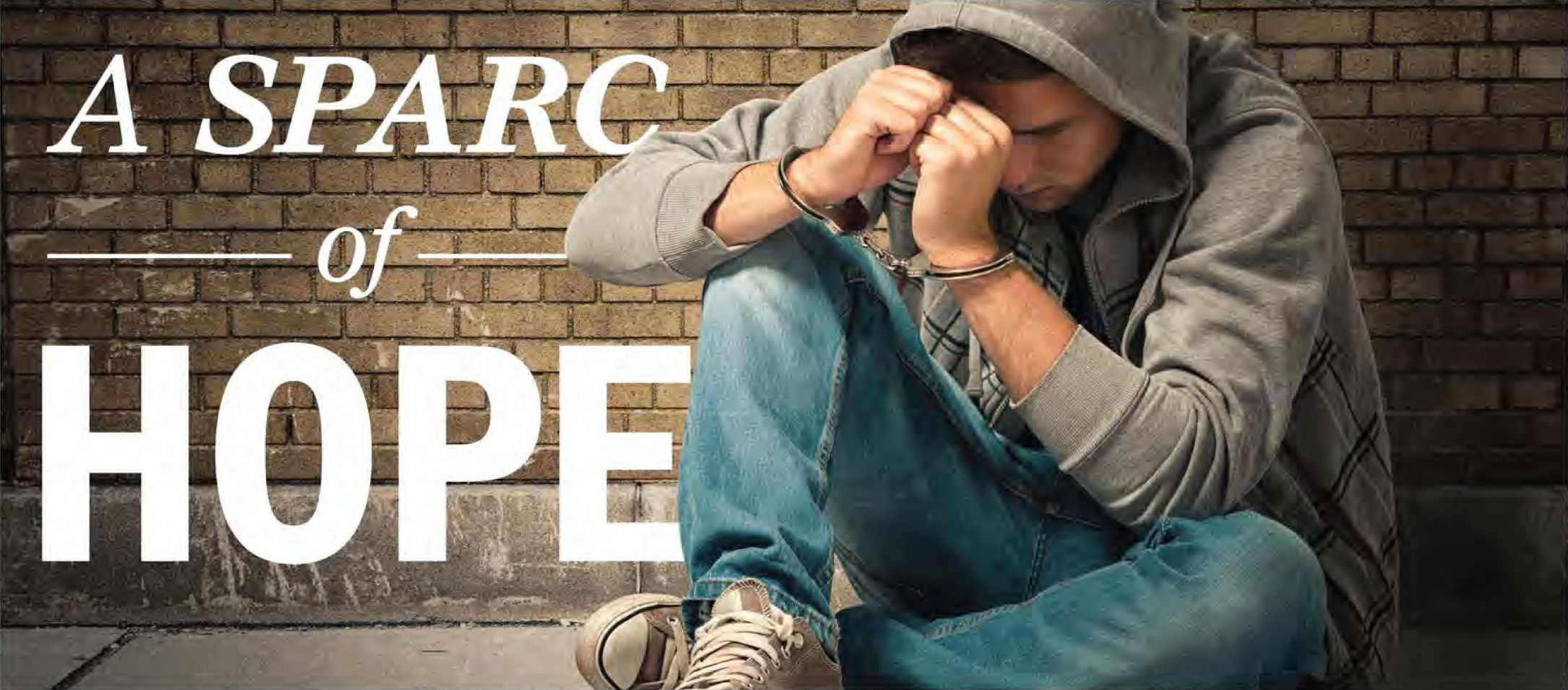
A SPARC OF HOPE
November 9, 2017
PLAYER OF THE WEEK
November 9, 2017The attorney who oversees defense of children in courts throughout Louisiana says the use of bail in Terrebonne Parish’s juvenile system is most likely unique in the entire state.
Richard Pittman, director of juvenile services for the Louisiana Public Defender Board, was critical of other practices in Terrebonne detailed in a Times story, in an email he sent after reading it.
“No jurisdiction other than Terrebonne uses a bond schedule for children,” Pittman said. “We recently polled district public defenders on this very question and Terrebonne was the only jurisdiction reported to use a bond schedule for juvenile detention … I have long been of the opinion that using a pre-determined bond schedule for children violates the Constitution and state law, especially when applied to children.”
When a child is brought to the Terrebonne Parish Juvenile Justice Complex after being charged with a crime, parents can post cash bail or a bond. The amounts are pre-set for all but the most serious charges, for which no bail will be accepted. While use of bail for children is legal — a section of the Louisiana Children’s Code is dedicated to it – the practice is also falling into disuse.
Other jurisdictions with juvenile detention centers, generally, release children to their parents after hooking for a future court appearance with no payment, unless they pose a threat to public safety or are deemed a risk for not showing up in court. The children can resume their normal school schedules and not be labeled, nor suffer all the other indignities and dangers of being locked up with kids most parents would prefer kids not to associated with.
Houma City Court Judge Matt Hagen, who hears Terrebonne’s juvenile cases, recently revised the bail schedule, which was first put in place by his predecessor, retired judge Jude Fanguy. Hagen stands by
its use.
In order to protect the public and keep the system functioning While properly serving children who offend, jurisdictions employ an “objective assessment tool” to determine whether a child should remain in detention or should not.
More than two-thirds of the 31 children who entered the Terrebonne Parish Juvenile Justice Complex in September were charged with misdemeanors for which adults would likely receive a summons rather than immediate incarceration.
Two bail or bond opportunities exist. One is when the child is first brought to the center, Where the preset is used. The second is during a first appearance before Judge Hagen. He may make the bond higher or lower, or choose to release the child on recognizance.
If a child was given a drug test at the detention center and was positive, Hagen has said in interviews, the preset bond is then doubled. Hagen reserves the option of reducing it to nothing once the child tests negative while in detention. The average stay in detention is between six and ten days, according to the center’s statistics.
“As far as I know, no jurisdiction denies bond to people who test positive for drugs,” Pittman said. “I do not believe the detention center even has the authority to conduct a drug test without a warrant and probable cause to believe it will uncover evidence of a crime until the child has been proven guilty beyond a reasonable doubt.”
Administrators at the detention center in Terrebonne would rather recog children. But they lack an assessment tool. Although the parish has the power to compel bail consideration in its ordinances, no parish council members have taken up the fight, although there may be good reasons for doing so.
An increasing number of jurisdictions are finding themselves battling lawsuits brought by prisoner advocates seeking bond reform. Harris County, Texas had adult detainees released because bail bonds were not used “only in the narrowest of cases.”
While there are complications in the law surrounding bonds and children, Louisiana’s constitution and statutes provide extra protections against abuse that other states do not have.
The use of scoring systems where factors drawn from checks of records and interviews with young potential detainees result in positive or negative scores, and a determination based on their sum of whether the child stays in detention or leaves, has met with success in several Louisiana jurisdictions.
In East Baton Rouge Parish, where a risk assessment tool was first implemented in 2010, the numbers appear to tell a story of success. Of youngsters who were screened and then released on their own, only 3.3 percent either failed to come to court or reofiended after their arrests.
The way it works in Baton Rouge — and other places — is that a child answers a series of questions, some of which are also backed up by checks of records.
The number that means the difference between freedom and detention is a 15. So the count begins. Some crimes — attempted murder and murder among them —have points over the magic number of 15, making it unlikely that a release would happen under any circumstances.
Living at home with no problems reported from parents might result in some points being detracted from the score, placing a Child Closer to freedom.
There are actually three classifications that are used. One is the determination that no bond will be offered and that the child must stay. A second is that the child will be offered the potential of leaving under certain criteria.
Although critical of Judge Hagen’s policies, Pittman said his observations in the court-room were of a pleasant judge who addressed children with respect, courtesy and kindness.
“There is nothing scary at all about his courtroom,” Pittman said.
Pittman’s communication made points that have been matched by many child crime experts about the dangers of detention, enhancing arguments about how it should be used and by whom.
“The overuse of detention increases recidivism, traumatizes children, makes mentally ill youth worse, places youth at greater risk of suicide and other self-harm, and interrupts education among many other harms,” Pittman said. “It is a very expensive method of harming children and the community, and is best avoided unless a child represents a serious threat of harm to himself or others or is a threat to fiee the jurisdiction and not come to court.”








